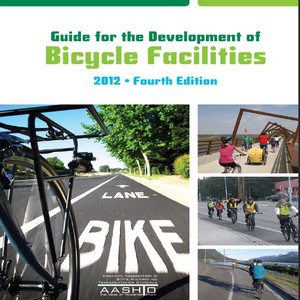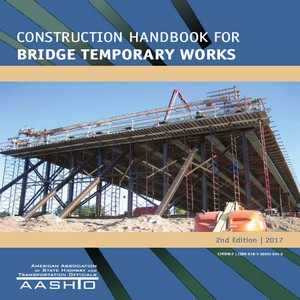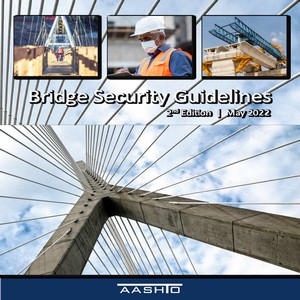AASHTO GBF: Guide for the Development of Bicycle Facilities
AASHTO GBF, 4th Edition, 2012 – Guide for the Development of Bicycle Facilities
This guide provides information on the physical infrastructure needed to support bicycling. Facilities are only one of several elements essential to a community’s overall bicycle program. Bicycle safety education and training, encouraging bicycle use, and enforcing the rules of the road as they pertain to bicyclists and motorists should be combined with engineering measures to form a comprehensive approach to bicycle use. Information on other elements of an overall bicycle program can be obtained from state or local bicycle coordinators and other publications.
The provisions for bicycle travel are consistent with, and similar to, normal highway engineering practices. Signs, signals, and pavement markings for bicycle facilities are presented in the Manual on Uniform Traffic Control Devices (MUTCD) (2), which should be used in conjunction with this guide. If there is a discrepancy between the content of this guide and the current edition of the MUTCD, then the MUTCD supersedes this guide for that case. For construction of bicycle facilities, applicable state and local construction specifications should be used.
PURPOSE
Bicyclists should be expected on roadways, except where prohibited, and on shared use paths. Safe, convenient, well-designed, well-maintained facilities, with low-crash frequencies and severities, are important to accommodate and encourage bicycling.
This guide provides information on how to accommodate bicycle travel and operations in most riding environments. It is intended to present sound guidelines that result in facilities that meet the needs of bicyclists and other highway users. Sufficient flexibility is permitted to encourage designs that are sensitive to local context and incorporate the needs of bicyclists, pedestrians, and motorists. However, in some sections of this guide, suggested minimum dimensions are provided. These are recommended only where further deviation from desirable values could increase crash frequency or severity.
This guide has been updated from the previous guide published in 1999. The fact that new guidance is presented herein does not imply that existing bicycle facilities are inadequate or unsafe, nor does it mandate the initiation of improvement projects.
The intent of AASHTO GBF is to provide guidance to designers and planners by referencing a recommended range of design values and describing alternative design approaches. Good design practice involves engineering cost-effective solutions that balance safety and mobility for all transportation modes, along with preservation of scenic, aesthetic, historic, cultural, and environmental resources. This guide is therefore not intended to be a detailed design or traffic engineering manual that could supersede the need for application of sound principles by the knowledgeable design or traffic engineering professional.





Reviews
There are no reviews yet.